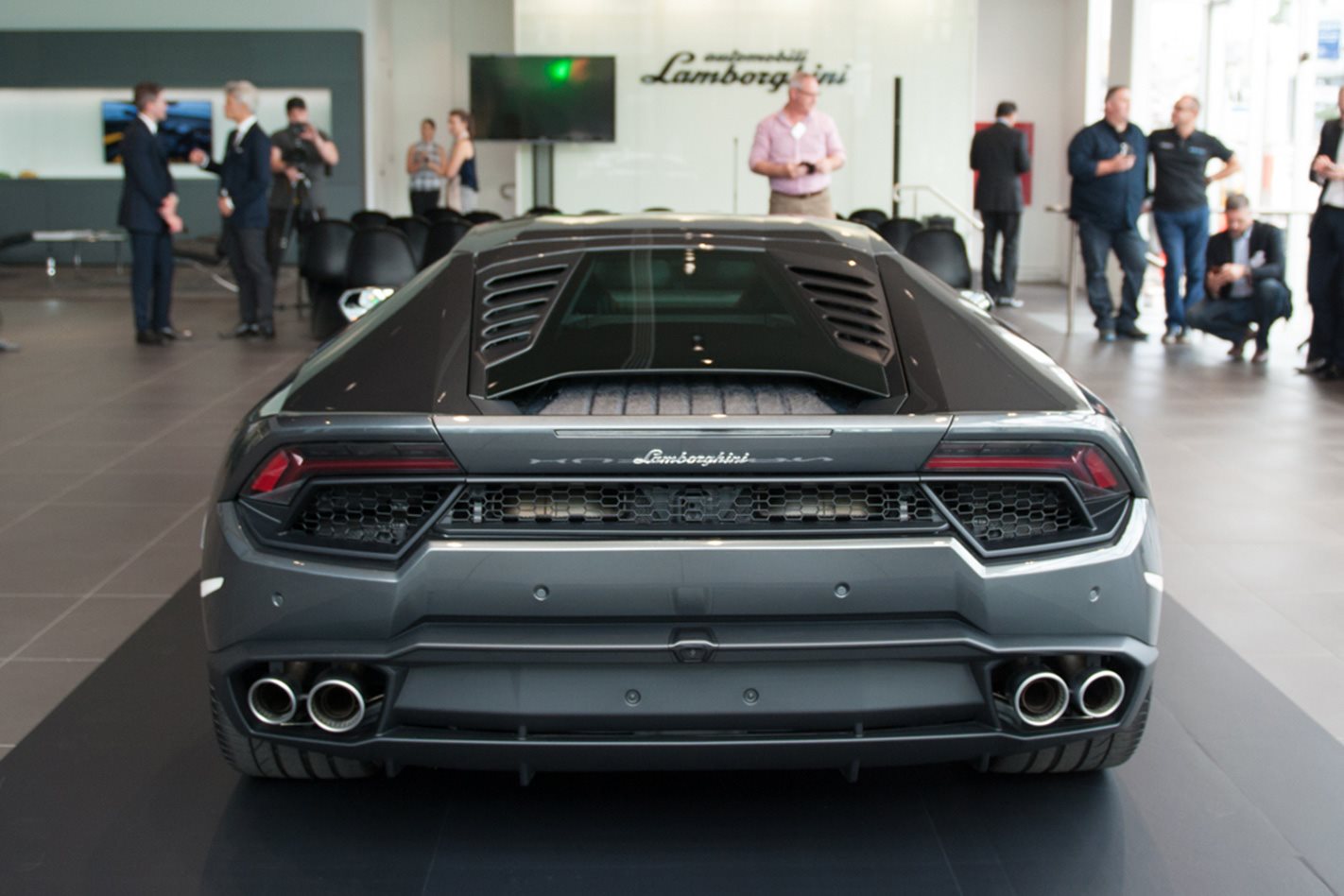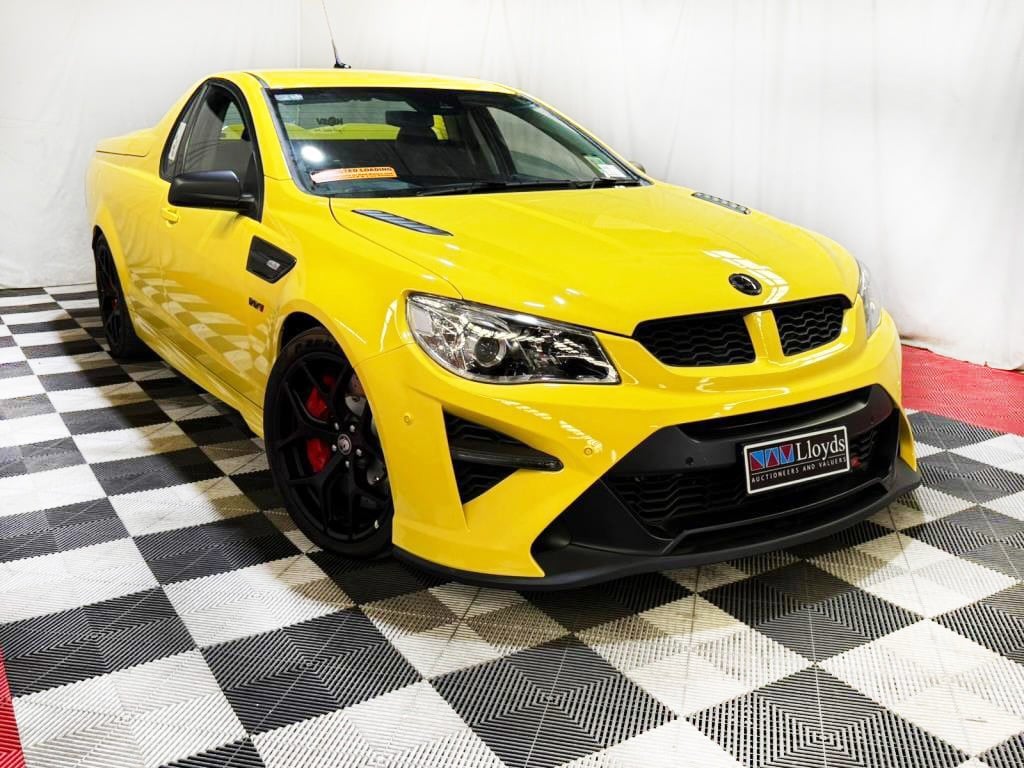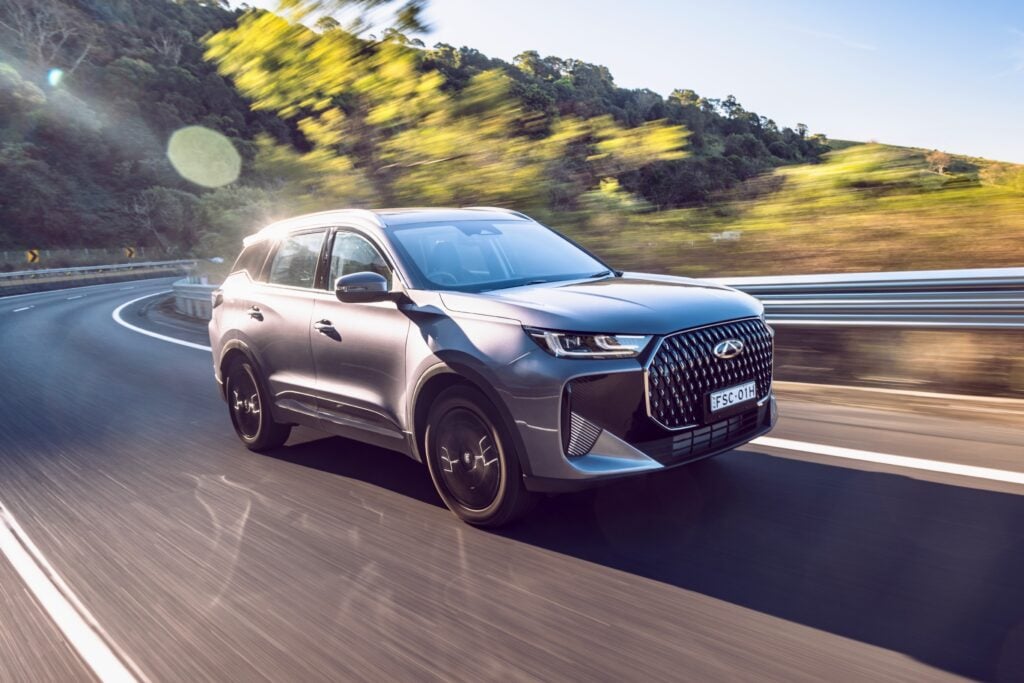THE federal government has flagged it will get a quarter of a billion dollar bonus from the luxury car tax over the next four years.
Budget papers tabled by treasurer Scott Morrison last night show the government expects to earn almost $3 billion from the controversial tax up until the 2019-20 financial year, thanks largely to Australia’s appetite for high-end metal.
Hidden in it is a $240 million bonus for the government as a consequence of Australia’s growing appetite for luxury vehicles.
Controversially, too, the government expects a big $30m jump in luxury car tax earnings in the wake of equally controversial plans to open up the Australian market to parallel imports in 2018 – with private buyers still expected to stump up LCT on vehicles they bring in directly from overseas.
“LCT receipts are forecast to grow by 11.5 percent in 2015-16 in line with stronger-than-expected sales of vehicles subject to LCT,” the budget papers say. “Since the 2015-16 MYEFO [Mid-Year Economic and Fiscal Forecast], forecast LCT receipts have been revised up by $240m over the four years to 2018-19.”
Part of that is an expected $60m jump in LCT revenue this financial year alone.
The papers show the tax is expected to stay relatively flat until the 2018-19 financial year, at around $570m, before making a sharp jump to about $600m in 2018-19. The financial year after that we can expect another big hit, with LCT revenue jumping another $30m to $630m.
Australia is racing towards another record year for car sales, with the market almost four percent ahead compared with the first four months of last year.
Luxury car sales are becoming a significant part of the Australian market’s landscape. After occasionally pushing into the Top 10, in April Mercedes-Benz jumped another rung to become the ninth-largest brand for the month, pushing ahead of mainstream brands including Kia, Honda and Subaru.
The 33 percent luxury car tax – which also happens to reel in high-performance sports cars and lumbering off-roaders as well as the cushy limousines its name implies – was introduced as part of sweeping reforms to the Australian tax system in 2001 that also introduced the GST.
Pegged to inflation, the new-car price threshold at which the tax applies is adjusted at the start of each financial year.
For 2015-16, the tax applies to cars costing more than $63,184. However, in a deal brokered with carmakers worried that the tax would discourage buyers from paying more for fuel-efficient technology, the government has set a higher $75,375 threshold for vehicles using no more than 7.0L/100km.
Motorists will gain some benefit from the new budget handed down last night, with $3 billion set aside for future infrastructure projects.
Victoria will be the main winner, with $500m previously earmarked to build an east-west tunnel to be diverted to the Monash Freeway. As well, $350m will go towards widening the Western Ring Road and $345m improving rural and regional highways in the state.
Melbourne and other urban areas will benefit from a $75m war chest to help fight congestion.
Queensland is the only other state to gain a significant investment in its roads. The budget papers allocate $200m to upgrade the Ipswich Motorway in the state’s south-east.





